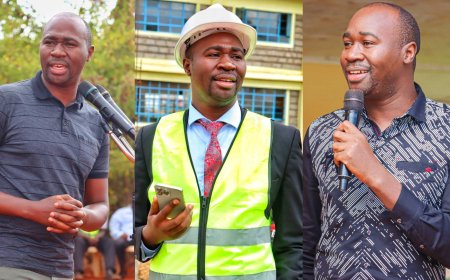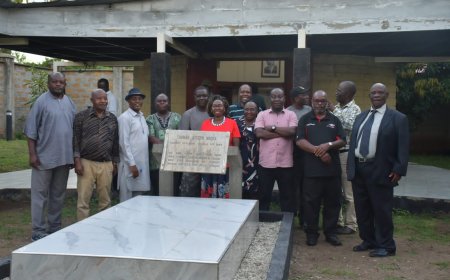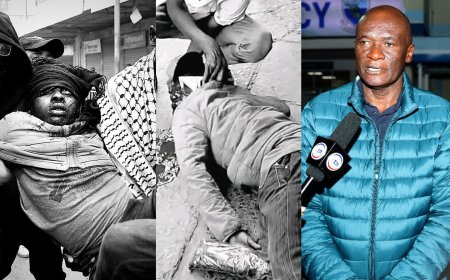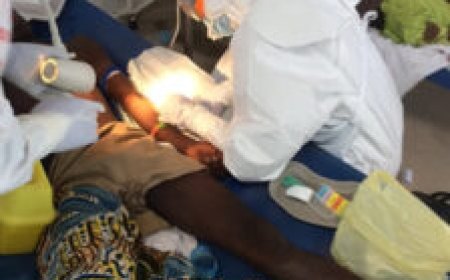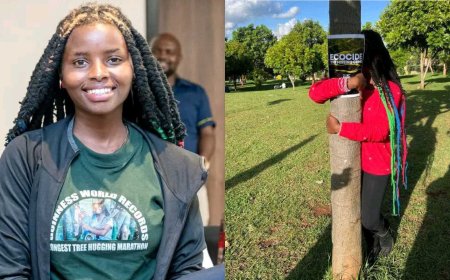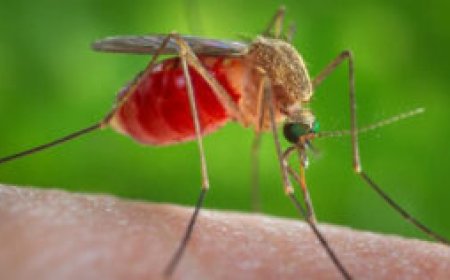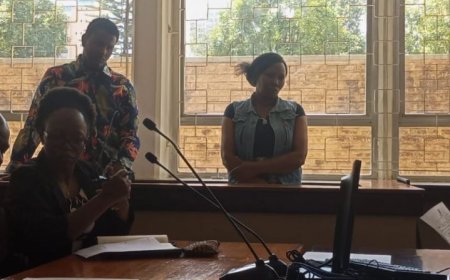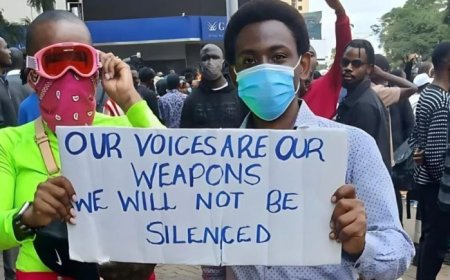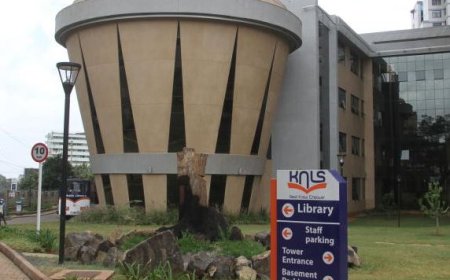Forensic Analysis of Lilian Waithera Murder Case.

Lilian Waithera who was a junior registry officer at NHIF was allegedly shot in broad daylight as she was going home from work, she had walked from NHIF offices to CBD to pick a matatu home, together with a colleague Damaris Ochieng.
According to Damaris along Kaunda streets, she said "Nimeumia" and fell, and blood was oozing from her mouth. She was pronounced dead at the scene by the first medic responders’ minutes later.
Autopsy revealed; an entry wound on her collarbone, presence of a bullet in her lungs and hemorrhage as a result.
First, the cui bono question is; to whom does the death of Lilian Waithera benefit? Investigators should look at the family (succession, insurance and such), work and any business she has. If no one stands to benefit. Then it was a case of coincidence; being at the wrong place at the wrong time.
Is it possible for a sniper to take you out in the streets of Nairobi from a building? Yes, but you ought to have contributed to the taking out; Your routine activity and modus operandi.
The Knowns
Preliminary investigation going by the position of the gunshot wound points toward a shooting from an elevated angle; the single bullet that killed Lilian entered through the collar bone into her lungs. This would mean the shooter was inversely direct above her.
Crime reconstruction involves examination of the physical evidence (i.e. blood spatters, wound position, entry and exit wounds, etc.) inductive and deductive reasoning and the interrelationship of the foresaid to gain knowledge of the series of events surrounding the commission of the crime.
Reconstruction answers Who, What, Where, When and how?
For a sniper to take you out in the streets from a building it would require; Time, Preparation and reconnaissance. Choosing the right building, evaluating vulnerabilities and possible breaches. Nowadays every building got security guards, it would require preparation on how to bypass.
The sniper would also need Knowledge of their victim movements. Was it a routine that Lilian Waithera used Kaunda street every time she was going home that her killer could predict she would pass through the street at a certain time? We call this predictability.
If not, the colleague, Damaris Achieng, who was with her at the time of the shooting should be questioned, only she had knowledge of their movement and could have the ability to influence the movement; "Tupite hii" leading Lilian to Kaunda.
The Unknowns
The unknowns remain; Who was the shooter? Where was the shooter? What was the reason for the shooting?
Bullets travel in a linear path until they exhaust the kinetic energy, the entry wound points toward the direction of the shooter while the exit wound or lack of it points the distance traveled by the bullet hence the position of the shooter.
Lilian had an entry wound on her collarbone and no exit wound, the bullet was found lodged in her lungs during the autopsy. This could mean it was a medium to long-range shooting from an elevated angle. If the entry wound could have been on the chest with an exit on the back it would have meant same level, contact, near contact or intermediate (short range to medium range) shooting depending with the abrasion ring.
The buildings directly or directly inverse to where Lilian was shot hold the evidence of where the shooter was at the time of commission. A review of CCTV in the area and interrogation of the guards there in would give an answer to the question who was the shooter?
It could be not an assassination or a planned killing, just a coincidence but “WHO pulled the trigger?" is the big question.
Guns do not shoot, people do.
What's Your Reaction?
 Like
0
Like
0
 Dislike
0
Dislike
0
 Love
0
Love
0
 Funny
0
Funny
0
 Angry
0
Angry
0
 Sad
0
Sad
0
 Wow
0
Wow
0

